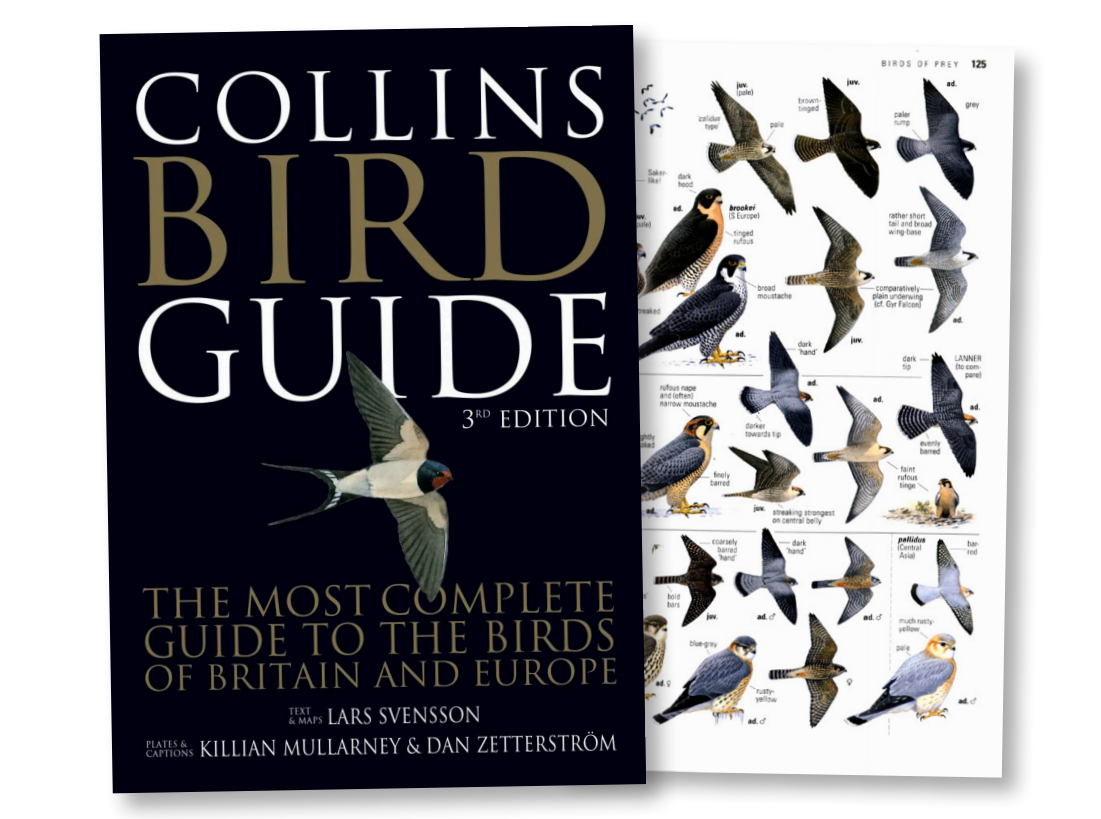In this digital age, the process of gathering bird news requires spending more time on social media during the working day than is healthy for any birder. On a good day it can be incredible to observe, as a wave of spring arrivals fans out across the country and has birders tweeting nationwide, or a single rare seabird is tracked from numerous coastal headlands through several county WhatsApp groups. It is frequently educational, not least in the numerous groups dedicated to the identification of birds (as well as various other taxa). Periodically, almost akin to the arrival of the seasons, recurrent themes rise to the surface and discussions in these groups often follow some well-trodden paths.
One of Birdwatch's other esteemed columnists recently referred to a particular subset of birders as 'Steve' and this group of my peers is one that I recognise all too well. Along with 'Dave', they are almost inevitably the people who will respond to an identification query on a bird they consider easy to identify by advising the person asking for the ID to consider purchasing a field guide, such as the Collins Bird Guide.
I try to steer away from conspiracy theories, but I’ve increasingly begun to wonder if the 'Dave' and 'Steve' accounts are actually publisher-funded bot accounts created to increase the sales of certain field guide titles or boost the user base of some of the recently developed ID apps, so frequent is this shared advice given out.

Pointing a new or inexperienced birder querying an ID in the direction of a publication such as the Collins Bird Guide may be tempting, but it isn't always the best thing to do.
The 'everyone needs a field guide and to make efforts to identify the bird themselves' trope needs to be called out in several ways, though. Not least because we are all different; we learn differently, we think differently and we remember differently. While the intentions of those repeating the 'buy a field guide' mantra may be to help, assuming everyone has the same bunch of motivations when it comes to engaging with birds is where it falls down quite quickly.
For a minority, birds can be work; increasingly for some, birding is a competitive sport where only the tick or the best image matters. For most, it is a hobby. But for some, birds represent the fleeting moments when they are distracted from the harsh realities of life by a tiny bundle of flying feathers. That word hobby is worth reflecting on: 'a regular activity done for enjoyment during leisure time'. We don't have to be expert or even good at the things we enjoy – sometimes just the act of doing them is enough.
Whether the identification question is a short-lived curiosity to put a name to a garden visitor, or the resolution of a family debate about an unusual bird sat high in a tree on their weekend country walk, let's all accept that often beyond the name there is no desire in many to serve a long 'apprenticeship' in bird identification, nor to become the next revered ID guru. Most people will never keep a list of birds they've seen (this may come as a shock to some!). Many who ask for an identification, whether from a grainy image captured on their phone or a 10-word description written on the back of their last KFC bag, won't ever pick up a pair of binoculars and are perhaps more likely to associate Swarovski with crystal necklaces than cutting-edge optics.
So, let's cut non-birders and birders alike some slack, and stop the gatekeeping that tells people they need to have spent months researching the primary emarginations of Acrocephalus warblers when all they really want is a little help with putting a name to a momentary brush with nature that brought a little relief from life's daily grind.
- This column was originally published in the May 2023 issue of Birdwatch magazine.

